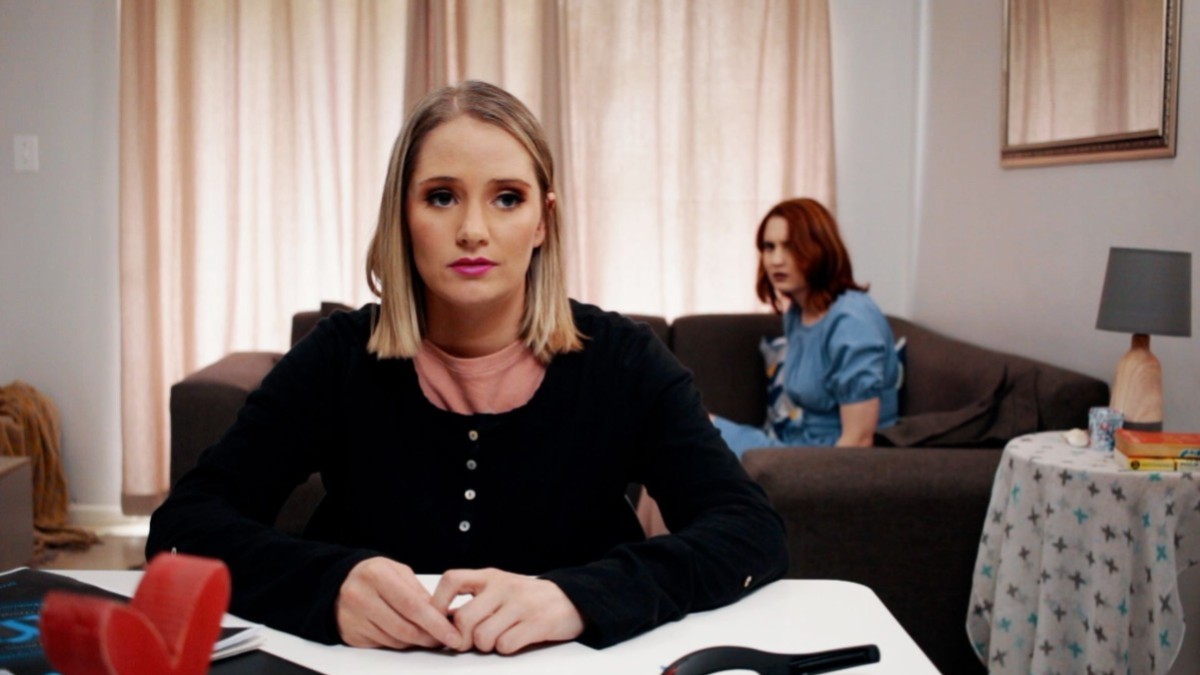
A Case Study
Narrative | Dramatic Features
Film Name: MIA & I
Genre: Sci-fi, Thriller
Date: 2021
Director: Stephen Nagel, Dean Ravell
Producer: Nicola Duddy, Haniefa Mooideen
Writer: Stephen Nagel, Dean Ravell
Cinematographer: Stephen Phillipson
Production Company: BTG Productions
Budget: $1500.00
Financing: crowdfunding
Shooting Format: Digital (DSLR)
Screening Format: 16:9
World Premiere: 08 May 2021
Website: http://btgproductions.co.za/miai/
indieactivity: Tell us about “who you are”?
Stephen Nagel (SN): Writers and Directors of MIA & I, Stephen Nagel & Dean Ravell are classically trained, award-winning screenwriters who have been writing, directing, and producing films for the last decade in Cape Town. Operating on the fringes of the formal film industry, they’ve been running and gunning for many years. Expect a style of guerrilla filmmaking that incorporates lots of natural light, DSLR and smartphone filmmaking, human stories enveloped in genre filmmaking with complex themes and ideas, and frugal methods that produce quality work.
Watch the trailer for MIA&I by Stephen Nagel
Introduce your film?
Stephen & Dean (SD): In MIA & I, a woman struggles to hold on to who she is in the midst of an unraveling relationship with her new robotic companion. Being huge fans of the French New Wave, we’ve always been inspired by how frugal, innovative, and creative filmmakers of that era were: using any resource available to create captivating works of art, not waiting for permission from anyone. This inspiration coupled with a competitive market that also doesn’t always provide equal opportunity is what birthed MIA&I. It may not be the flashiest film around, but we put a lot of work into crafting the story and shot it on an R20,000.00 budget, which we were able to obtain from crowdfunding backers via a campaign spearheaded by one of our amazing Producers, Nicola Duddy.
Tell us why you chose to write, produce, direct, shoot, cut/edit the movie? Was it financial, chance, or no-budget reason?
Stephen & Dean (SD): Up to this point, we’ve always operated on the fringes of the formal filmmaking industry and have been running and gunning for the last few decades, writing short films, feature films, and TV series scripts. We usually film our short films because they’re more manageable. This film was written as a homage to grounded sci-fi stories in the vein of Black Mirror and The Twilight Zone. Science fiction is usually considered to be an expensive genre, but the story behind MIA&I is character-driven and takes place almost entirely in one location, which allowed us to keep costs and resources to a minimum.
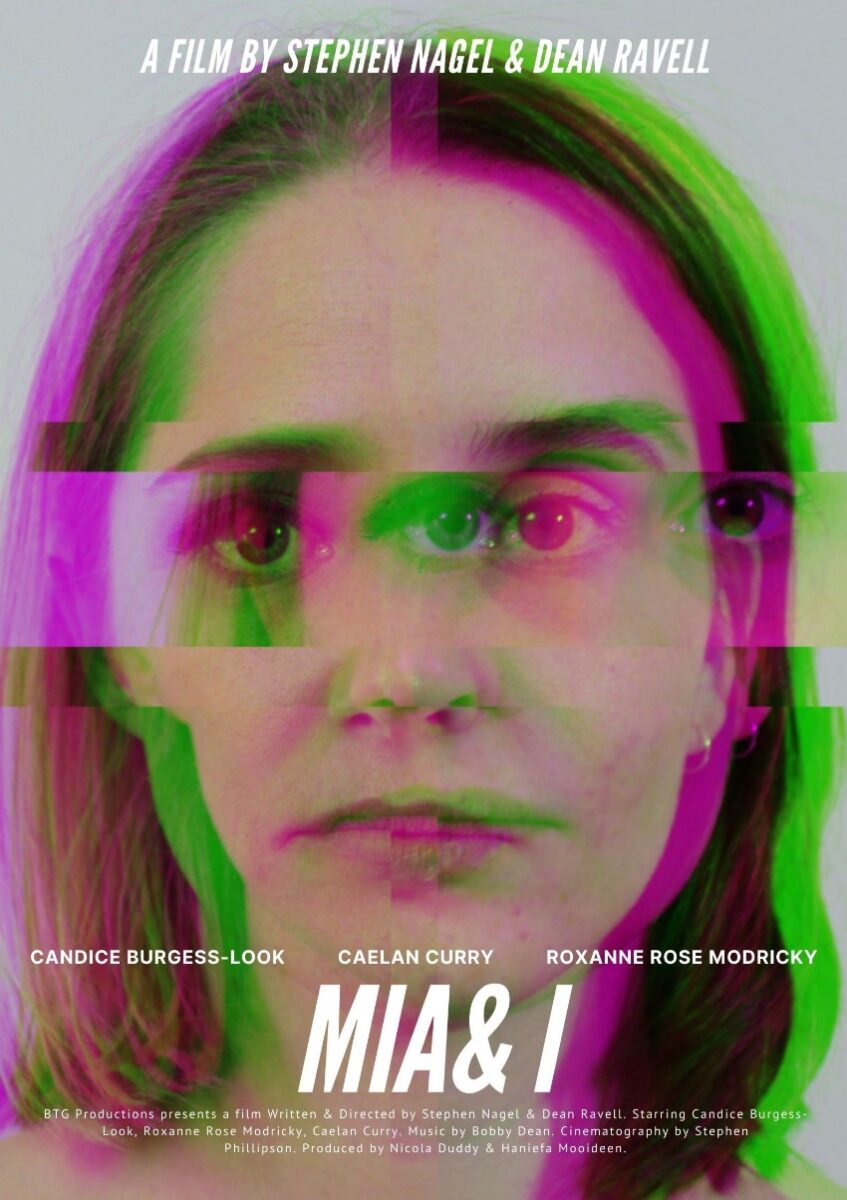
Introduce your crew?
Stephen & Dean (SD): We put together an amazing team of people to work on this project, re-partnering with our awesome producer Haniefa Mooideen who plays an integral part in bringing the visual depiction of characters to life through her skill in make-up artistry. As mentioned before, our other producer, Nicola Duddy played a crucial role in helping us get the film funded. We worked for the first time with cinematographer, Stephen Phillipson whose films have inspired us for years now and we’re awestruck by the amazing work he did on MIA & I.
On the sound front, we reteamed with composer Bobby Dean who has created one of his most ambitious film scores to date, and we can’t wait for everyone to hear it. Our sound recordist, Jason van Rooy returned to work with us again too, providing us with clean, smooth audio; it’s always great to work with people who have been there right from the start as we’ve developed a great rapport over the years. There are so many other people to mention, so please lookout for the credits at the end of the film. To each and every person who contributed to this film, we love and appreciate your amazing work and we can’t wait to work with you again.
What are your personal experiences putting on all these hats/responsibilities (simultaneously)? Tell us about story, writing, and production?
Stephen & Dean (SD): We’ve been doing low-budget filmmaking for years now, so it’s something we’ve gotten used to. We understand that going into independent, low-budget production, one has to wear many hats. This time around, by building strong relationships and collaborating with more people than ever before, we were able to assign different roles to various specialists onset, meaning that crew members could take more ownership of their role, and really put their creative stamp on things. We generally work to create a collaborative space, whether that’s allowing actors to improvise, or taking suggestions from crew members who might have an interesting idea on set.
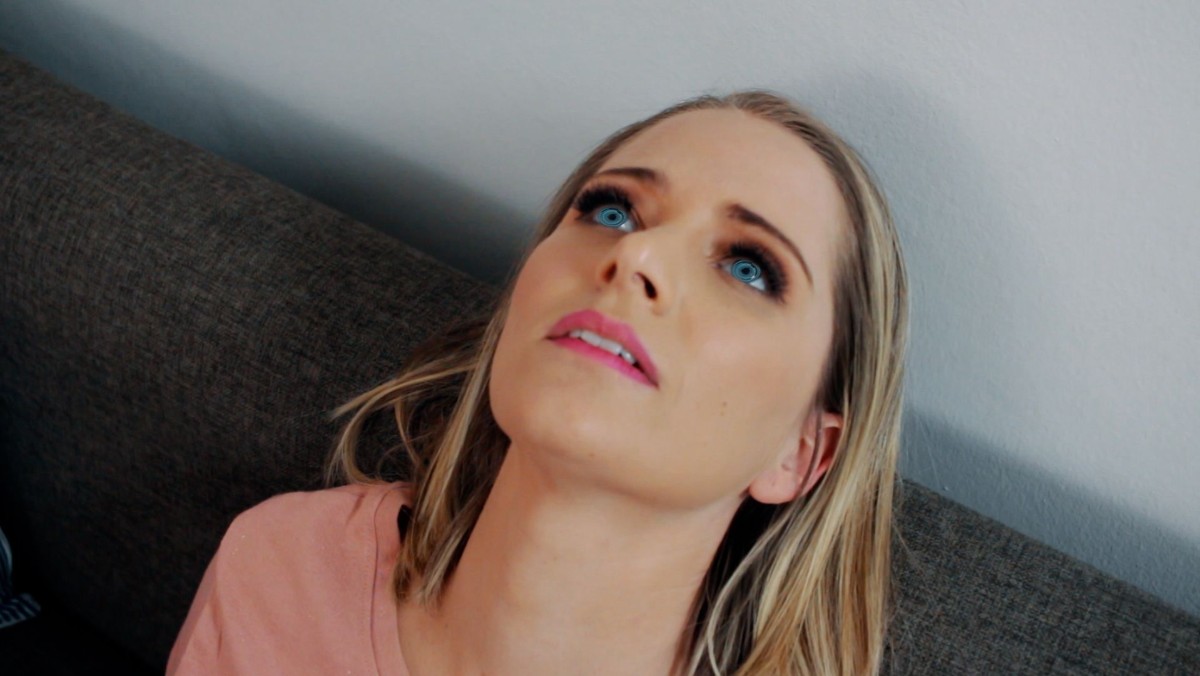
We planned a lot more for this film than we have for films in the past, and this was a huge advantage during principal photography. On one of the four days of production, we managed to shoot eleven pages in a single day (that’s insane!). Having a great team that is skilled and who you can trust is the most important factor in a smooth and fun production, even when the pressure is on. Filmmaking is collaborative, and we can’t do this on our own, so we’re grateful for our amazing cast and crew for all they do.
What is the source of the idea? How did the story develop from the idea? And how did the story evolve into a screenplay? Why do this story? Do you have a writing process?
Stephen & Dean (SD): I (Stephen) had the initial idea of a robot companion and human’s relationship twisting in a way that would highlight the psychological elements of the relationship, and the core conceit of the film came later on (I won’t spoil it now, please watch the film instead). I pitched the idea to Dean and then we wrote it together, fleshing out the basic premise into a short script, and later into a feature-length version which we hope to one day get produced with a full feature budget (fingers crossed).
Our writing process is generally very organic. We gravitate to ideas that interest us and, in this case, it was the delicate relationship between human beings and artificial intelligence. Inspired by the grounded nature of science fiction in shows like Black Mirror is what pushed us to try this out for ourselves, focusing on the character’s psychological and emotional journey through the conflict to create an interesting and captivating story. Our process: We started with the idea, then plotted that out. We also curated a watch list of films that could inspire our writing from a thematic, story, and logistical perspective.
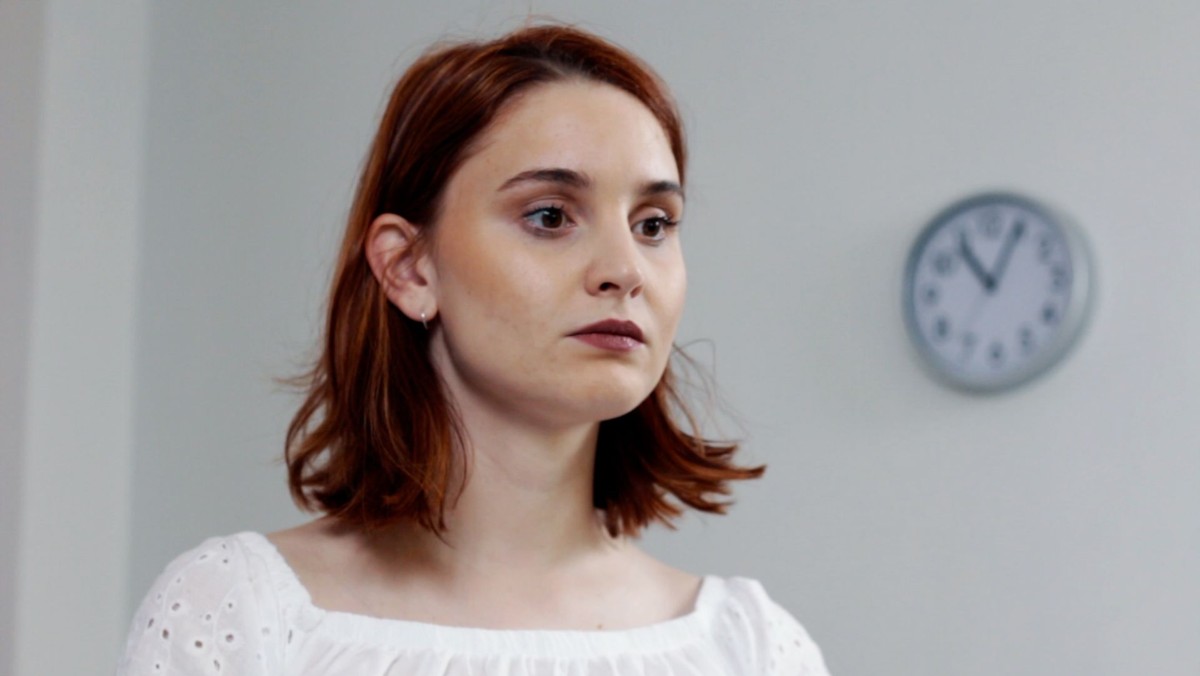
Let’s talk pre-production: take us through a timeline of how you started and ended it?
Stephen & Dean (SD): We had the script ready by August 2019, and this was when we started meeting up with our collaborators, pitching the script, and getting our fantastic cast and crew on the project. The first meetings were with our producers Haniefa Mooideen and Nicola Duddy, to establish what the project was, the scope of the work to be done, and how we would fund it. Not long after, we started running our crowdfunding campaign, so things were quite hectic during that period as we were doing so many things simultaneously.
Thankfully, our friends, family, and even strangers answered the call and our film was funded within the first few weeks of the campaign being live (we could not have done this without you, so thank you!). We had three major backers who were a part of this, and they are our executive producers, Muneerah Smith, James Anderton, and Albert Hill. We made sure to plan out all shots and provide a detailed plan for our cinematographer, Stephen Phillipson to use on set. We discussed the look of the film as well as the equipment that would be needed and extended this conversation to include our sound recordist, Jason van Rooy.
We curated a list of songs to match the feel of each scene and share this with our composer and sound designer, Bobby Dean who started work on the score quite early. Our Friends Garth and Sharna Wicomb even stepped in, providing us with access to their flat to rehearse and shoot the entire film, which takes place almost entirely in one location. Many other amazing friends and colleagues stepped up to play small roles or help out on set as well in the role of production assistants.
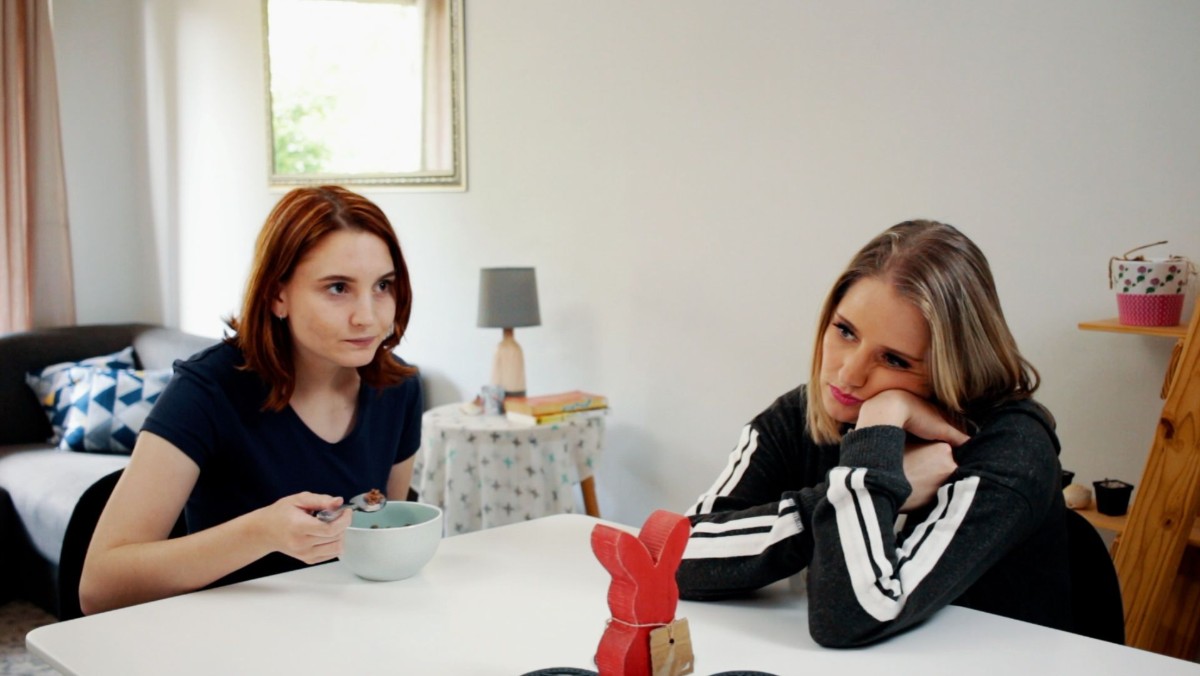
What were your rehearsal process and period?
Stephen & Dean (SD): We had a few rehearsals with our amazing cast members, and they even did a few on their own (because they are super proactive!). Late into pre-production, our intended lead and producer Nicola had to step out of the role and introduced us to Roxy Modricky who was so eager to join the production and step into the role after reading our script. She fit in really well with our existing cast members, long-time collaborator Caelan Curry, and Candice Burgess-Look who we were looking forward to working with for the longest time after seeing her audition for our previous short film, Day Zero. This trio was absolutely awesome to work with, they got along with one another and everyone else so easily, and they’re all exceptionally talented people. We didn’t have as much time for rehearsals as we wanted, since we were balancing so many different schedules for cast and crew members. But we made it work. Everyone showed up and we made a film!
You shot the film in days. How long were your days?
SD: We shot the film over two weekends, so four days in total (Saturday and Sunday). There was a two-week break in between shooting due to scheduling. Our days were quite long, with a call time of 7 AM, usually finishing late into the evening. We had a few days where we went over our intended time, but we mostly hit our goals for each day. We reconvened for a fifth and final day to shoot our prologue with a mostly different cast and crew, which took us one afternoon to shoot.
Did the tight shooting schedule make it harder or easier? How did it affect performances?
SD: A tight shooting schedule is always challenging, but the more one prepares in pre-production, the smoother things go during production. Overall, our cast gave amazingly emotional and physical performances, despite having really tight schedules with a low number of takes per scene and a very short amount of time to spend on each scene. We can only imagine how emotionally taxing that must be, and we appreciate their dedication to their craft.
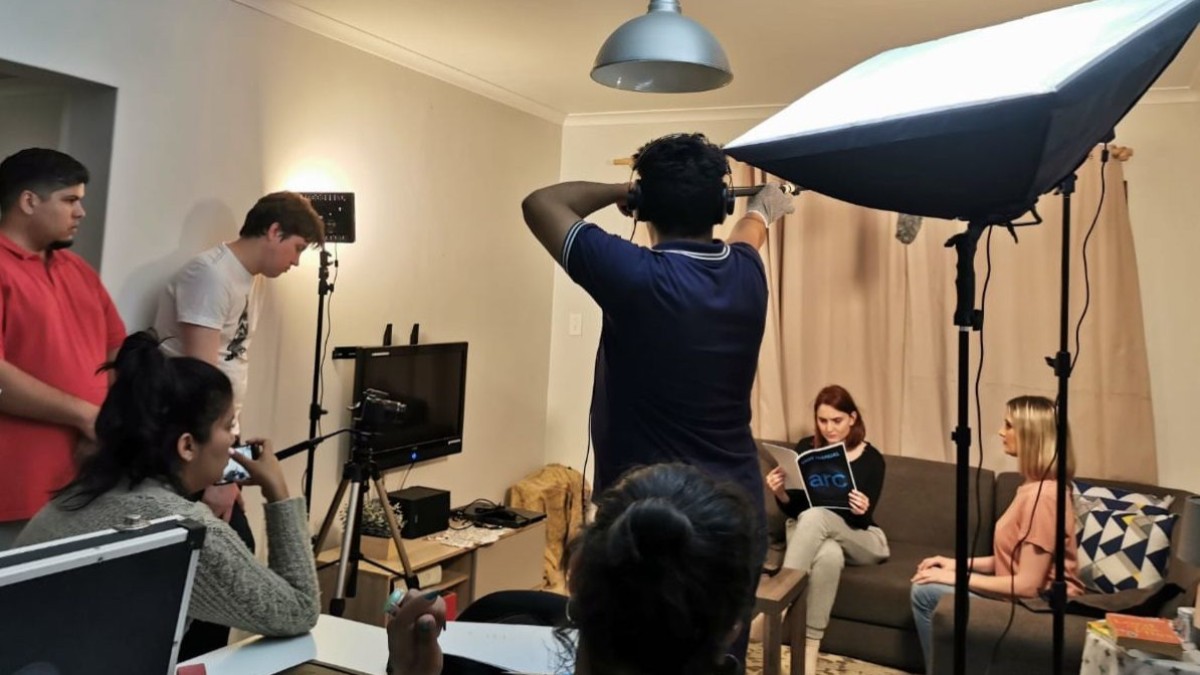
During the film production, what scene (that made the cut) was the hardest to shoot? And why?
SD: The hardest scene was a physical fight that occurs at some point. This just generally requires a lot of movement and needs to be shot in a certain way to capture the intensity and kinetic nature of the scene. It’s tough to shoot and make sure that everyone is hitting their marks when there’s so much movement and action occurring at one time.
What worked better in this latest production that mightn’t have worked so well in the last one you did?
SD: The shot and lighting setups worked better since this was the first time we’ve worked with a dedicated cinematographer. We were able to collaborate with him, as well as with our meticulous script supervisor, Tiffany Anne Masters on set for each shot to ensure we always got the look we needed while maintaining continuity and staying on schedule for our shoot. General scene mapping and project planning, assigning a certain time of day for each portion of the production was a major part of ensuring we stayed on schedule and didn’t make any major mistakes that would cause problems in post-production.
What were the advantages and disadvantages of the way you worked?
SD: Working with competent people you trust who are dedicated and reliable is always a huge advantage, and everyone on our cast and crew is exactly that. The disadvantage of low-budget filmmaking is not always being able to pay everyone. We’re working hard to get more funding for future productions so that we can ensure that our cast and crew (many of whom will be the people who we’ve collaborated with before) are able to get something for the amazing work they do.
What was the experience like of working with a small shooting crew?
SD: Working with a small crew was efficient and fast. It was also necessary as we were working in a small location relative to the number of people, meaning that any extra bodies onset can become a disruption. A small crew of dedicated specialists is what we built for this production, to ensure fast, quality work.
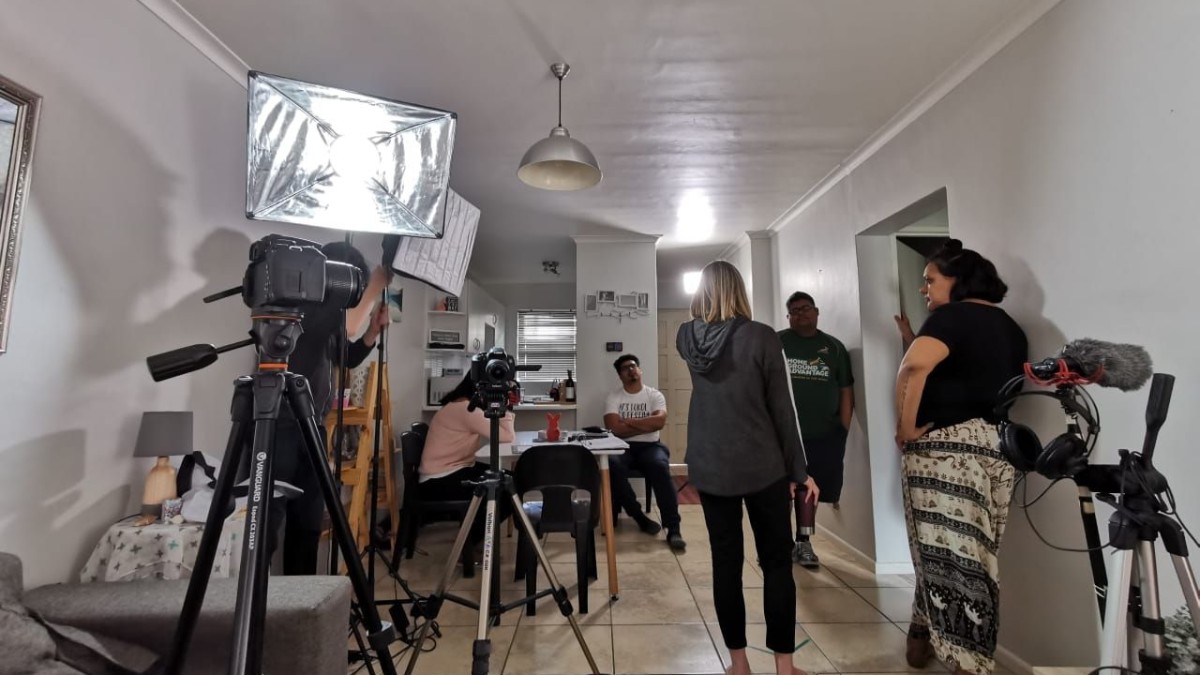
The film looks stunning. How did you get such a good look when shooting so fast?
SD: During pre-production, we worked extensively with our cinematographer, Stephen Phillipson, planning the look of the film, and all of the shots beforehand. He’s a really talented filmmaker.
When did you form your production company – and what was the original motivation for its formation?
SD: We’ve been collaborating since our university days, in 2009, but officially formed BTG Productions in 2019 after shooting many films and projects together.
What about independent filmmaking and the business do you still struggle with?
SD: Funding is tough to get and it’s hard to get your foot in the door. We are making strides more recently, but it’s not an easy path and there are many gatekeepers.
Where do you think your strengths lie as a filmmaker?
SD: As classically trained screenwriters, our strengths lie in storytelling. We love to tell interesting, captivating stories about the human condition. That’s what drives us to keep creating.
Let’s talk about finance, How did you finance the film?
SD: We financed MIA&I through a crowdfunding campaign, spearheaded by our producer Nicola Duddy. Our target of R 15 000.00 was achieved before the campaign lapsed and we ended up with R20 000.00 in total. This was the first time we made use of such a funding platform, and we are indebted to Nicola for really taking this head-on and being a large part of the reason we managed to reach our target.
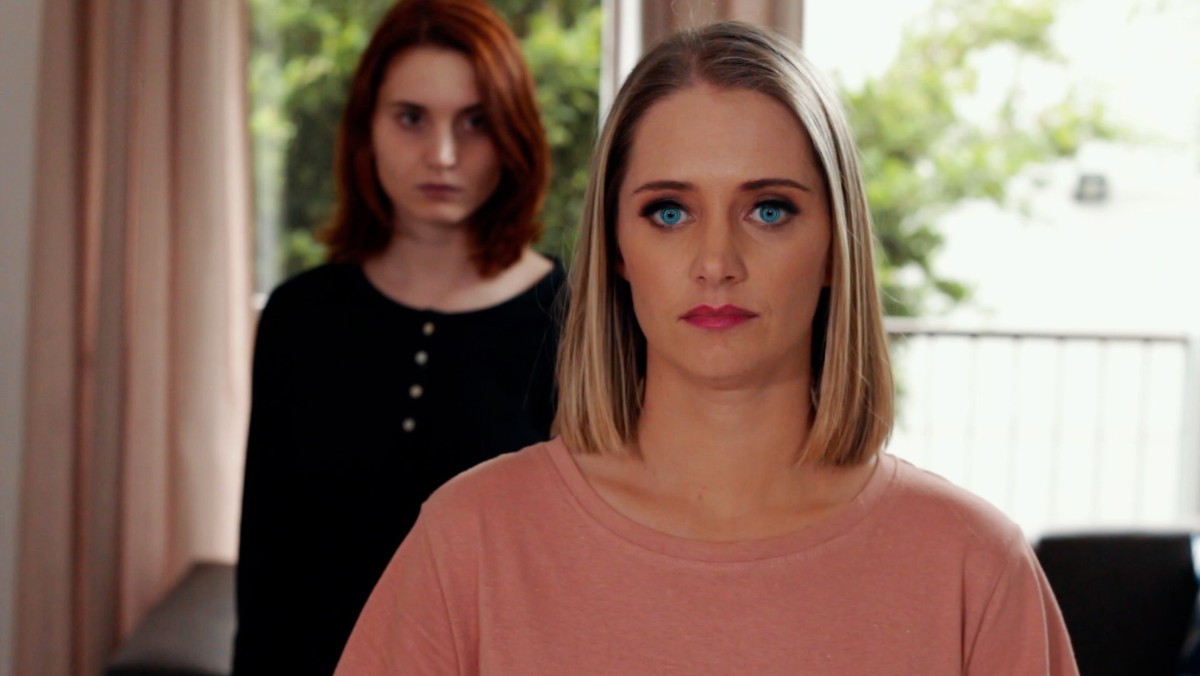
What do you hope audiences will get from the presentation of your film?
SD: We hope that this film will get audiences thinking about their relationship to technology, and how delicate it is. Technology has become such an ingrained part of our lives that we barely notice it on a daily basis. We may not have robot companions in our homes (yet) but we should always be aware of the impact that our technology has on us each day.
What else have you got in the works?
SD: We have two short films in development. One in active development is a fantasy film about a guardian angel, and the other is about a group of women vigilantes in Cape Town which also has two feature-length scripts set in the same universe. Outside of that, we have a sitcom we’ve written and are developing with our friend and colleague Garth Wicomb. We have many more, but these are the projects that we’re currently focused on.
Tell us what you think of the Case Study for the name of the film What do you think of it? Let’s have your comments below and/or on Facebook or Instagram! Or join me on Twitter.
Follow Stephen Nagel on Social Media
Website
IMDb
LinkedIn
Vimeo
MORE STORIES FOR YOU









